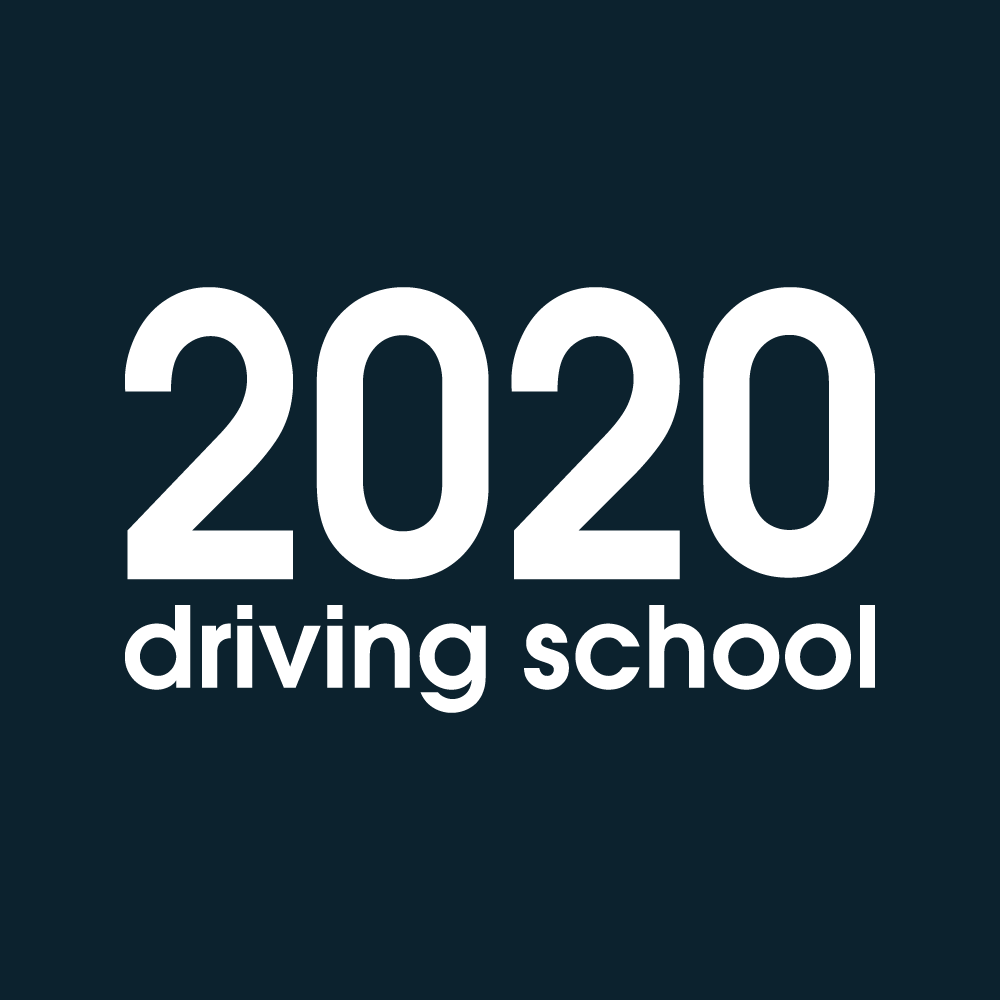
At 2020 Driving School, we see it happen all the time. A student comes to us after a close call, maybe they were adjusting their GPS on Route 1 and drifted into another lane, or they missed a stop sign while reaching for their coffee. These moments of distracted driving serve as wake-up calls, but sadly, not everyone gets a second chance.
The statistics are sobering. In 2023, distracted driving caused 3,275 fatalities nationwide, and Virginia’s numbers are particularly concerning: 21,528 distracted driving crashes occurred in our state in 2023 alone and that’s nearly 17% of all traffic crashes.
After 15+ years of teaching Virginia drivers and helping over 5,000 students develop safe driving habits, we’ve identified the seven most dangerous distractions and the proven strategies to avoid them.
1. Cell Phone Use: The Deadliest Distraction
Texting while driving makes you 23 times more likely to crash. When drivers text behind the wheel, they’re essentially driving the length of a football field blindfolded.
Dr. Kit Delgado, who researches behavioral safety interventions, notes that cell phone users are 5.36 times more likely to get into a crash than fully attentive drivers. Even hands-free calls aren’t safe because voice conversations can distract your brain and reduce reaction time, similar to being under the influence.
How we teach students to avoid it:
- Put phones in airplane mode while driving
- Our instructors teach students to treat their phone like it doesn’t exist while driving
- Pull over completely if you absolutely must respond to something urgent
2. Eating and Drinking Behind the Wheel
Many of our adult students admit they used to grab breakfast on their way to work, steering with one hand while unwrapping food with the other. According to Virginia Tech Transportation Institute researchers, distractions like eating are attributed to 80% of all crashes and 65% of all near-crashes.
Our recommended strategies:
- Eat before you leave or after you arrive
- If you absolutely must eat while driving, choose foods that don’t require unwrapping
- Keep drinks in easy-to-reach cup holders and never in your lap
3. Adjusting Controls and Navigation Systems
Modern cars are packed with technology that can actually make distracted driving worse. Air conditioning controls, radio settings, GPS navigation, seat adjustments, all of these pull attention away from driving.
What we teach our students:
- Set up GPS, mirrors, and climate control before starting the engine
- Learn where essential controls are located so you can operate them by feel
- Use voice commands when available, but be aware that even voice systems can be distracting
Our Virginia driving instructors emphasize this rule: if you can’t adjust something without looking away from the road, don’t adjust it while driving.
4. Passengers and Conversations
Research shows that intense conversations with passengers significantly increase crash risk. According to pediatric trauma specialists at University of Michigan, passengers should actually help with navigation rather than engage in distracting conversations.
We teach students to:
- Ask passengers to help with navigation instead of engaging in deep conversations
- Designate a front-seat passenger as a “co-pilot” to handle phone calls
- Keep emotionally charged conversations for when you’re not driving
At 2020 Driving School, new drivers learn strategies for managing passenger distractions as part of our comprehensive training program.
5. Grooming and Personal Care
Our instructors regularly observe drivers putting on makeup, shaving, or brushing hair while driving. These activities require extended visual attention away from the road, often for several seconds at a time.
We recommend:
- Complete grooming routines before leaving home
- If you’re running late, arrive looking less than perfect rather than risking an accident
- Plan extra time in your schedule to avoid rushing
6. External Distractions and Rubbernecking
Accident scenes, construction zones, interesting billboards or any external distractions cause drivers to slow down or change lanes unexpectedly. Virginia data shows that from 2011 to 2016, distracted drivers caused 163,032 crashes, with over 78% occurring at intersections.
Our training emphasizes:
- Keep eyes focused on the road ahead, not on roadside attractions
- Be especially careful in construction zones on I-95 and I-495
- Remember that gawking at accidents can cause secondary crashes
7. Mental Distractions and Daydreaming
This is often the most overlooked distraction. Research shows that cognitive distraction is particularly dangerous because it’s invisible and minds can wander even when hands are on the wheel and eyes are on the road.
We teach students to:
- Practice mindful driving by actively observing surroundings
- Refocus on driving tasks when minds start wandering
- Pull over safely if dealing with intense emotions or stress
The Real Cost in Virginia
Beyond safety risks, distracted driving carries serious consequences. Virginia law prohibits texting while driving, with fines starting at $125 for first offenses and $250 for subsequent violations.
Virginia’s 2022 Traffic Crash Facts report shows 17% of all traffic crashes in Virginia were distracted driving crashes, resulting in 95 fatalities and over 10,000 injuries.
Our Expert Approach
At 2020 Driving School, we incorporate distraction awareness into every lesson, teaching students to recognize dangerous situations before developing bad habits. Our experienced instructors have witnessed how distracted driving behaviors have evolved over the years, and we adapt our teaching methods accordingly.
Drive Smart Virginia emphasizes that 38 teen drivers died on Virginia’s roadways in 2024, with many accidents preventable through proper education. This is why we prioritize distraction prevention in all our programs.
Start Building Better Habits Today
Distracted driving causes thousands of accidents every year in Virginia alone, but it’s completely preventable. Based on our experience training thousands of Virginia drivers, we know that awareness and proper habits make all the difference.
Every distraction is a choice. The question isn’t whether you’ll face distractions while driving – it’s whether you’ll make the smart choice when you do. Our instructors work with students to identify their personal distraction triggers and develop strategies to overcome them.




